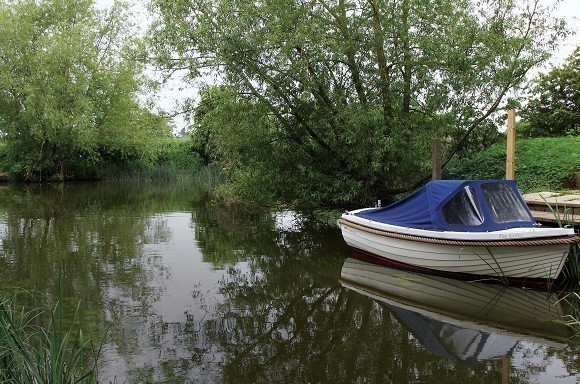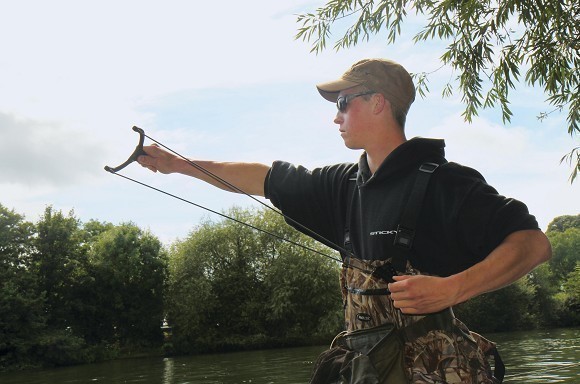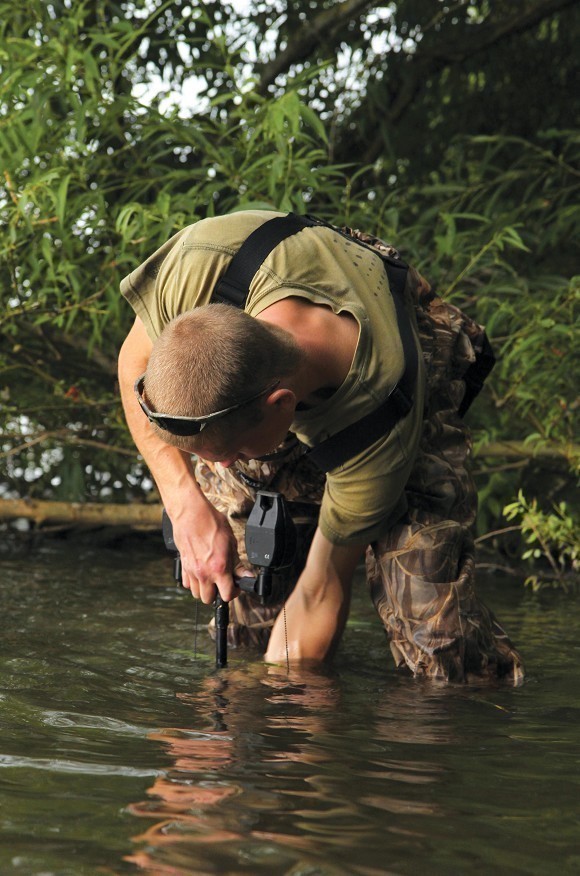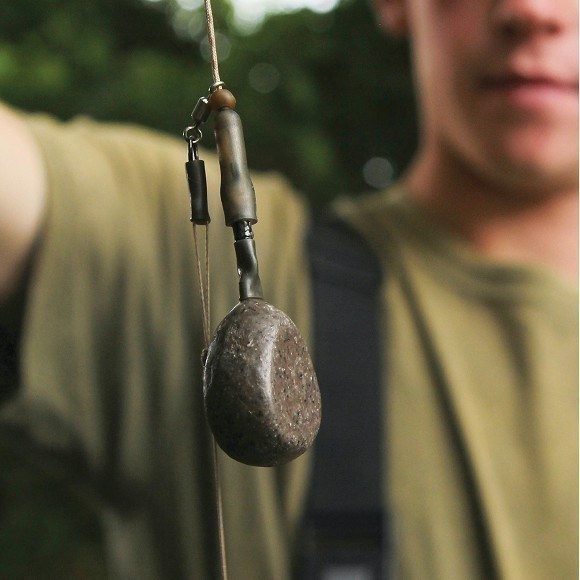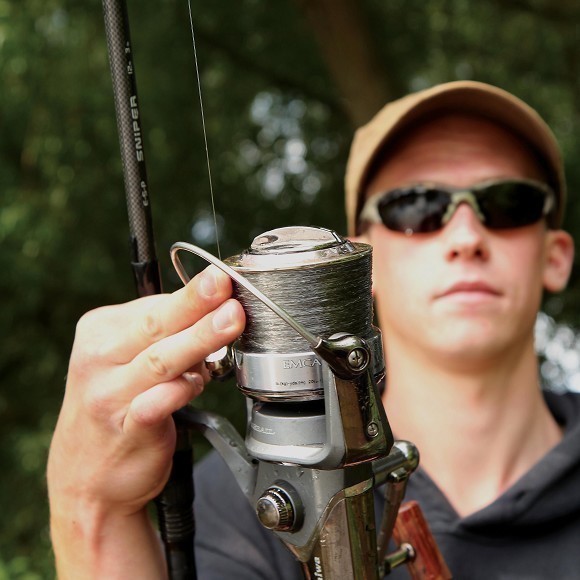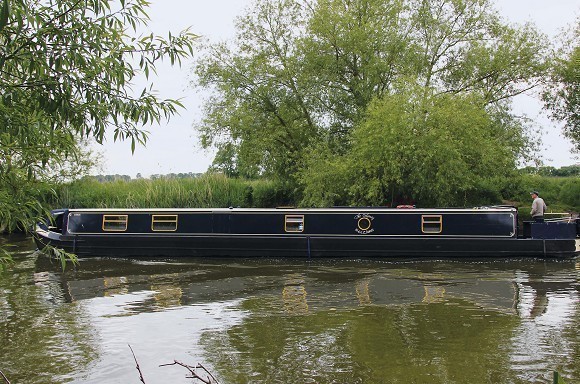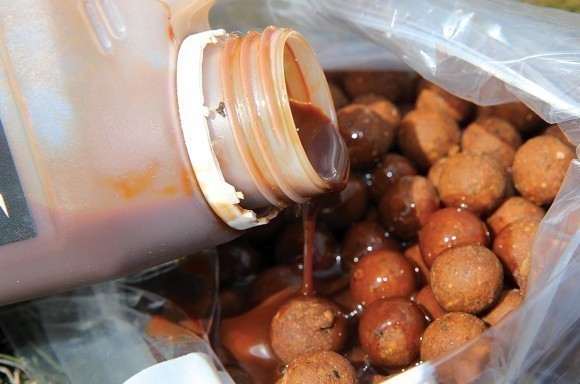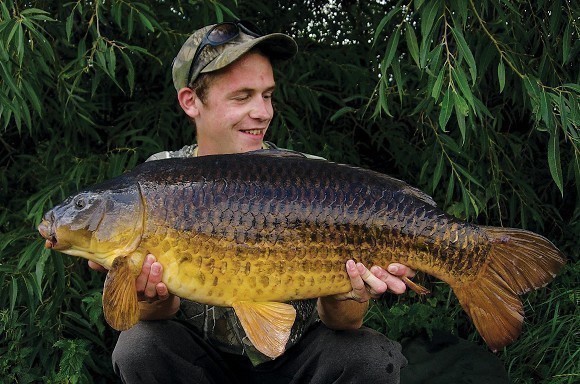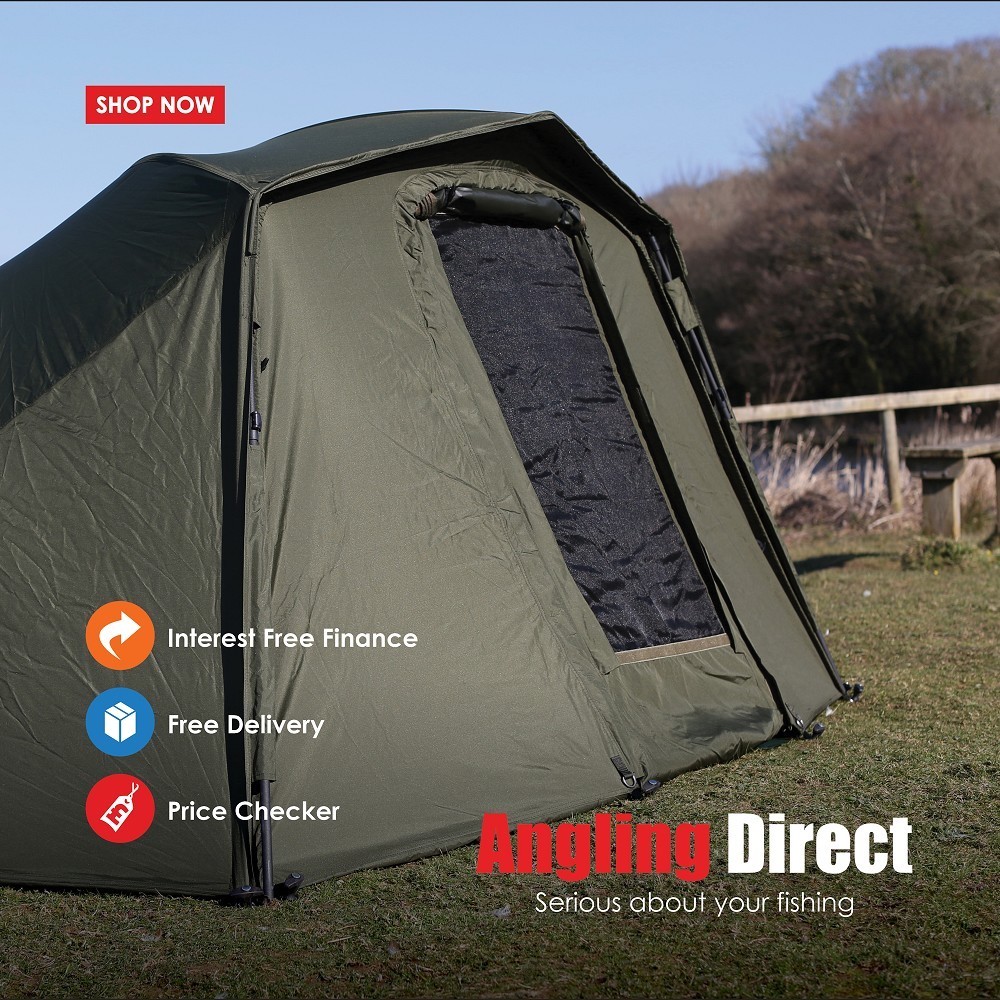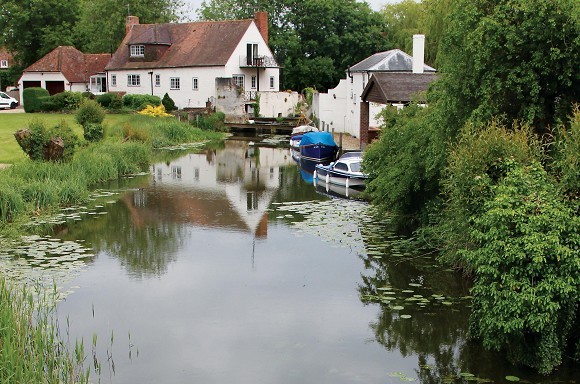
How to take on a river
Ash Gedan reveals how to 'go with the flow' and take on a river in search of carp...
My desire for the carp of the River Thames came in 2010. I took a stroll to my local stretch. As I pottered down the path, I saw three carp cruise pass me in the clear water, without a care in the world.
Since then I have gone on to catch loads of fish and good ones at that, to over thirty-pounds. I hope to give you an insight in to what you will need, how you should approach a river and what to expect. It can take-up plenty of time and requires the utmost of effort, but trust me it is more than worth it in the long run.
1. Location
The first thing you must get right on a river is location. You can never be too far from them in a normal sized lake, but on a river, you could be miles away from the nearest carp.
You may need to do plenty of walking to find them and a decent pair of polarising glasses will be essential for spotting fish. Quite often the carp will be sat in areas of slack water in side waters or under trees and boats. However, when the fish are not easily located, playing a guessing game will just be wasting valuable time.
After all, many of you reading this will be just like me - working full time meaning time to fish is limited and precious. I want to make sure that my time is spent wisely. By searching and hunting out these carp, once you have found them, there is always a great chance of catching one.
2. Pre-baiting
In order to keep the fish coming to your spot on a regular basis, you may need a lot of bait.
I like to use as much as possible and would be happy to put 20kg in every other day. Although the reality is, unless you are a millionaire and can use pure boilies, this can be too expensive. So I would suggest buying a sack of pigeon conditioner and hemp to bulk out your boilies. The incorporation of boilies really is essential though and it is what I like to use on the Hair.
Constant baiting and watching is a huge edge when it comes to trying to catch these river carp. Try to pick an area close in, mainly because sometimes the middle of the river can be unfishable. If a downfall of rain comes in and the water rises, the central area becomes so fast flowing that you can't keep any bait down there.
3. Waders
Waders are a must-have piece of kit. A lot of the stretches that I fish have an abundance of lily beds close in. It would not be safe to just drag the fish through these. So I like to get right up to them with the net and prevent the fish from diving in to these underestimated snags.
Secondly, I can reach areas of the river that many others can’t. By wading out a little bit, I can cast to marginal snags 30 yards or so upstream. It can get busy in the ‘hot’ areas of the river too, so if you can find a spot that others cannot get to, it reduces the chance of them jumping on the back of your hard work.
Most importantly though – never neglect your own safety! Never wade in fast flowing water or water where the firmness of the lakebed or depth of water is uncertain. If in doubt use your landing net pole to prod the area or find another place to fish.
4. Rigs
I really only use two rigs for fishing over beds of bait on the river. Firstly, a simple bottom bait rig, with a straight forward, no messing 20mm boilie hookbait, attached to a size 6 hook, complemented with a four bait stringer. This is great for reducing the amount of bites from the bream and it also picks off the better carp too.
The second is a Snowman Rig, again with a large bottom bait, but with the addition of 16mm bright pop-up sat above it on the Hair. This is fished just off the spot and I’m sure that fleck of colour can get you bites when you otherwise would not. I like to fish it helicopter style, because I love the way this lead arrangement allows the rig to sit and I have the utmost of confidence in it.
5. Strong end tackle
The river is littered with all sorts of obstacles including shopping trollies and cars. It is with this in mind that I tend to use extremely strong end tackle. 18lb main line, strong leadcore and even 30lb braided hooklink can be required.
It takes a lot of hard work to catch a river carp and the last thing I want to be doing is losing it. Besides, the carp fight like absolute steam trains on the river, so you will need the best end tackle you can get your hands on.
6. Feeling the drop
The bottom varies immensely on the river. Some areas have huge amounts of sand where the boats have washed it up, almost banking it. Others congregate twigs, branches or other debris, should there be plenty of vegetation and trees around the area. Because of this, I try and have a cast around and look for some calm water that feels devoid of bottom debris. As long as I can get a hard drop with the rod and it pulls back clear, I will bait the spot from the off.
7. Backleads
The boat traffic can be manic at times. With no idea of what carp fishing is all about they’ll often come as close to your swim as possible to investigate. This will churn up the water and if you don’t have backleads on, you will get caught up in their propellers.
Backleads are often frowned upon, but here they are an essential item. They pin the line down perfectly and eliminate the prospect of hooking up to a 50ft long boat. No matter how strong your gear is there is only ever going to be one winner there.
8. Glugging baits
This is perhaps the largest edge of them all. As the best mind-set to have is that the fish in the river will be seeking out food and it is important to have something nice and smelly for them to track down. So I’ll always give my boilies a good glug before I put them out.
If you leave them for a few hours, they get a lovely sticky coating on them and become even more appealing to the carp, sending a lovely oily slick down the river. For me, the greater the slick the better the chances are, that these fish will stop on their passing through.
9. Travelling light
As I could be walking for miles and miles before I find the fish, I’ll always take very little gear with me especially after work or overnight sessions, where carrying a shed load of gear is just impractical.
I have all the essentials to catch a carp without breaking my back doing so. If you are shattered before you even get to the river, your mind frame will be wrong before you even start looking for the carp.
10. Captures
Most of my better fish have been the first fish off the baited spot. They then seem to get smaller after that. Whatever the reason behind it is, I don’t know, but it shows how important pre-baiting can be.
So far I have caught loads of twenty-pound river carp and a few thirties to 34lb, so the River Thames and others like it are by no means small fish venues. They really are stunning fish, some which have never even seen a hook before and there’s always the chance of the unknown – how exciting is that!





